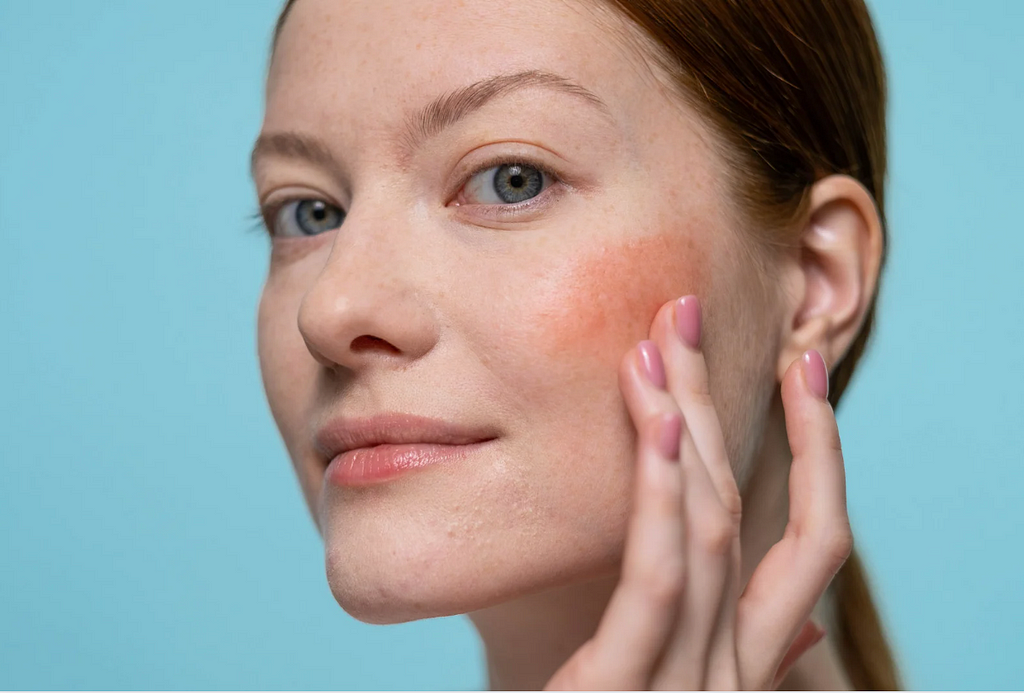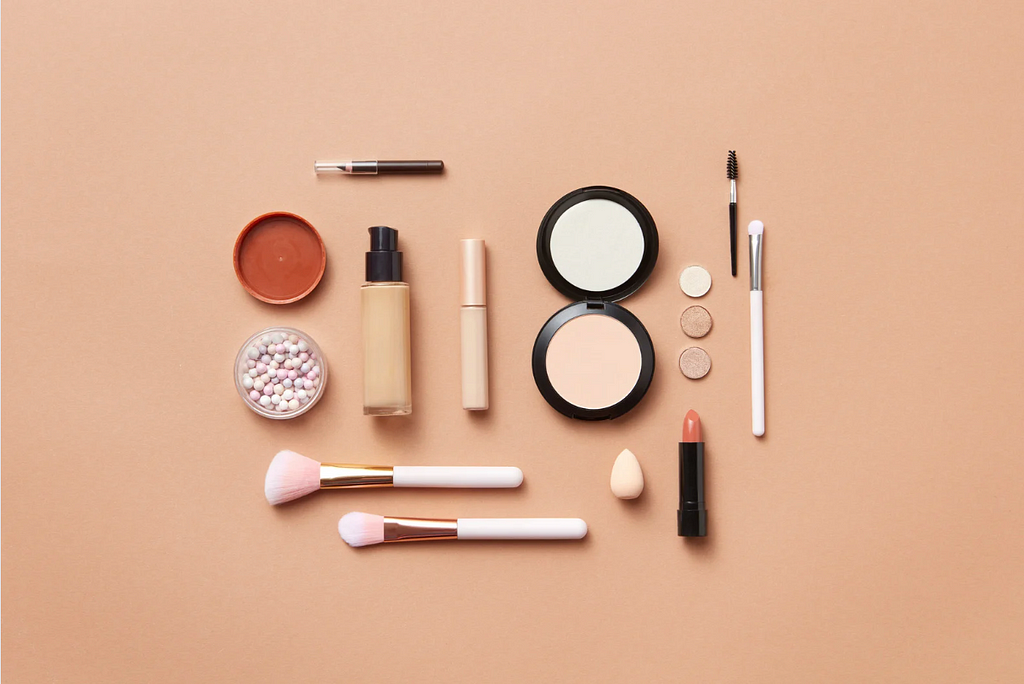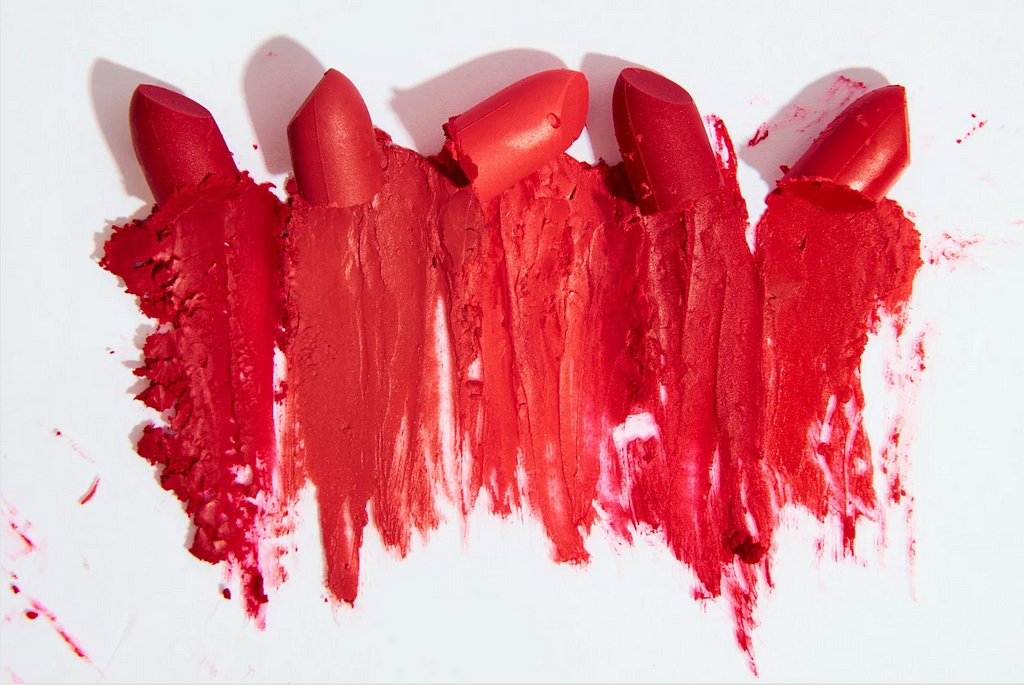
Remember mood rings from when you were a kid? Slip one on, and the “stone” was supposed to change colour according to your mood. Now, as more grown-up folk, blushes and lipsticks designed to match our skin tone are turning our heads.
So, what’s attracting us to colour-changing makeup, and is it safe? We found out!
What’s so Great About Colour-Changing Makeup?
To some, colour-changing makeup is just a novelty or a gimmick. Yet, it’s been around for decades.
In the early 1990s, Shiseido released a foundation that darkened outside (under strong light) and returned to its original colour indoors. Decades later, Lipstick Queen launched a Frog Prince line, featuring an emerald green lipstick that turned rosy once applied (it has since been discontinued), followed by another colour-adapting lipstick. More recently, Kailijumei’s colour-changing lipstick became a best-seller. Almost too pretty to use, it features a transparent bullet housing a flower. Youthforia turned its attention to cheeks, launching “the world’s first” colour-changing blush oil.
It’s easy to see the appeal of colour-changing makeup. It’s fun to try, and there’s something magical about watching the colour change right before your eyes once you put it on your lips or skin. On a deeper level, you could say it validates our uniqueness: “A foundation that changes colour to suit my skin tone? That must be the best one for me, then!”

How Colour-Changing Makeup Works
The truth is, makeup can’t “detect” your natural skin tone and adjust the colour to match. In colour-changing lipstick, Red 27 provides that effect. Red 27 is a colourant or a red dye. When it comes into contact with moisture (like that on your lips), it turns bright pink.
Other products use dyes encapsulated in a waxy or gel-like substance. When you rub the product into your skin, the friction breaks the capsules open, releasing the colour. The more you rub in the colour, the more it appears to change with your own chemistry. You’ll most often find these encapsulated colours in cream or powder-based products.
Another ingredient used in colour-changing makeup, particularly in products like self-tanners, is “dihydroxyacetone” or DHA. This chemical stains your skin a light orangish-brown by reacting with keratin in the top layers of your skin. Self-tanning products appear to change with your skin tone because they use small amounts of DHA, providing a gradual change in colour. So the more you use, the darker the “tan.”
Is Colour-Changing Makeup Safe to Use?
We’ve already mentioned Red 27, one of the most common ingredients in colour-changing makeup. It’s used in gels, waxy sticks, and powdered cosmetics.
Health Canada has approved D&C Red 27 for external and internal use. However, the department states the acceptable daily intake is up to 1.25 mg/kg of body weight.
Health Canada has also approved DHA for external use only, though it should be kept away from the eye area, and not be used in lip products, due to the higher risk of ingestion and absorption.
While we had our research hats on, a couple of other ingredients made us give them the side-eye:
Eugenol — This colourless or yellowish oil is used as a fragrance. You can find it in a colour-changing foundation. While Health Canada has deemed eugenol acceptable up to a daily intake of 2.5 mg/kg of body weight, one study found eugenol is cytotoxic (a killer of cells).
Hydroxycitronellal — This fragrance ingredient can be found in sunless tanning products and in colour-changing foundations. Health Canada has it listed as a flavour enhancer and fragrance ingredient, with no non-medicinal restrictions. Yet, it’s been found to be a potential allergen, so you may want to avoid it if you have sensitive skin.

The Last Word on Colour-Changing Makeup
A cosmetic changes colour once you put it on because its ingredients interact with friction, moisture, skin protein or even air to cause the colour change. And while your skin tone determines just how that colour will look on you, the colour change doesn’t occur because of it.
Some ingredients in colour-changing cosmetics have been approved by Health Canada. Others may irritate your skin. So it’s good practice to read ingredient labels, so you know exactly what you’re putting on your lips, face or body.
We know some ingredients have names that make your head spin. That’s why we created a special feature on the Think Dirty app to help you identify toxic ingredients. Just scan the product barcode and the app will provide product information that’s easy to understand. Then go ahead and have fun with colour-changing makeup!
Disclosure: We are a professional review and product rating website and mobile app that receives compensation from the companies whose products we review and rate. We are independently owned and the opinions expressed here are our own interpretations of a trusted source.
The Truth About Colour-Changing Makeup was originally published in Think Dirty on Medium, where people are continuing the conversation by highlighting and responding to this story.